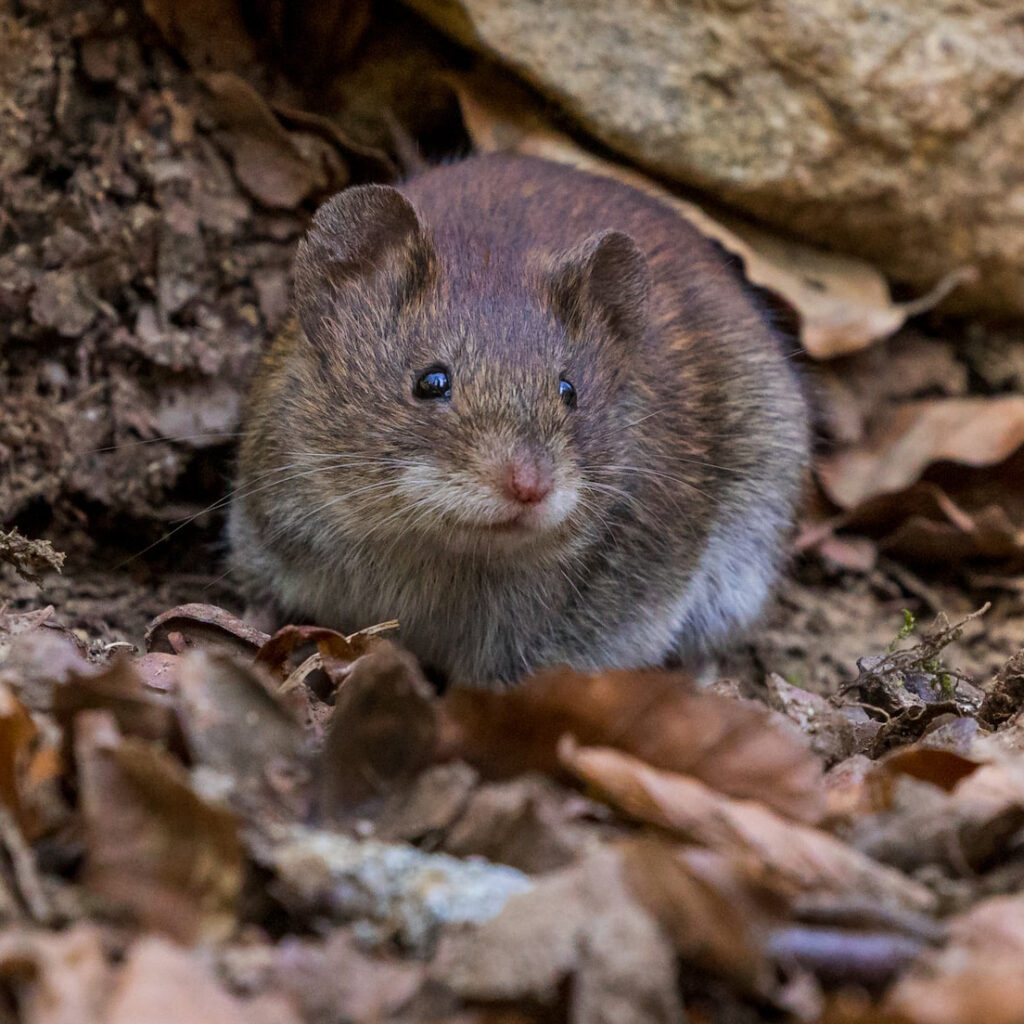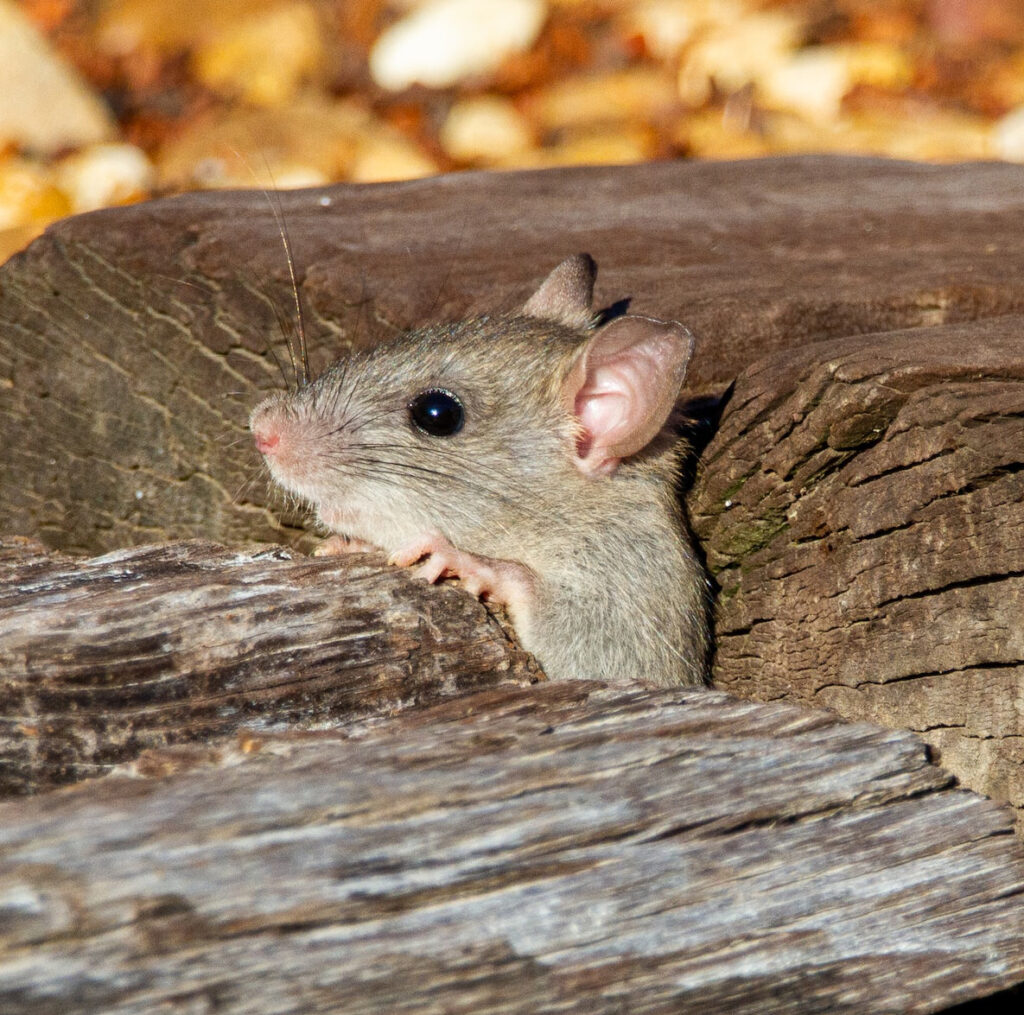Home / Wildlife Control Services in Vancouver / Mice/rats Faqs
Mice/Rats FAQs
How Do I Know If I Have Mice Or Rats In My House?
Here are some signs that you may have mice or rats in your house::
- Droppings: Mouse droppings are small and pellet-shaped, while rat droppings are larger and oblong. Look for droppings in areas where food is stored or near nesting sites.
- Nests: Mice and rats may build nests using shredded paper, insulation, and other materials in hidden areas such as attics, basements, and wall voids.
- Sounds: Listen for scratching or localized noises coming from the attic or from inside the walls, particularly at night when mice and rats are most active.
- Odours: Mouse and rat urine has a distinctive smell that can be strong and unpleasant, particularly in areas where they are nesting.
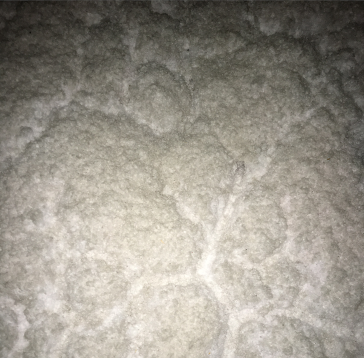
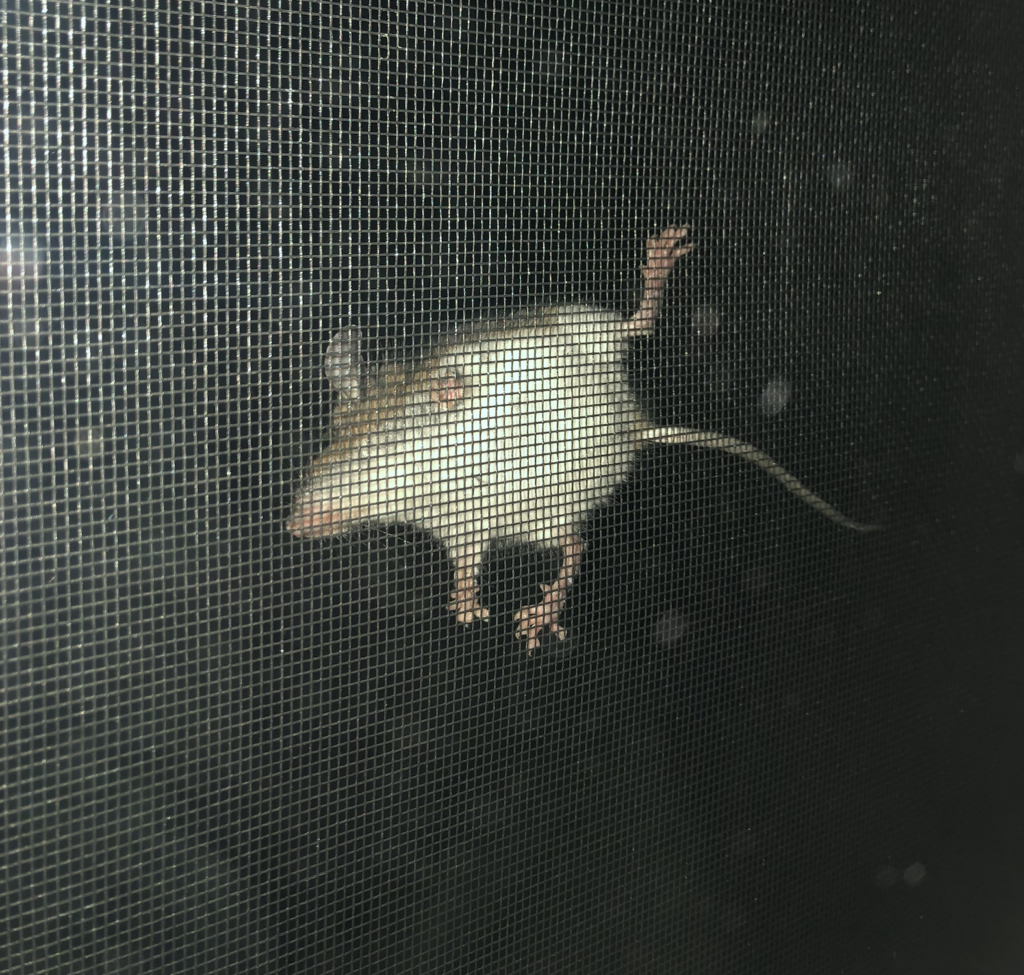
Why Do I Mostly Hear Mice/Rat Activity At Night?
Mice and rats are primarily nocturnal animals, meaning they are most active at night. This behaviour is due to their natural instincts to avoid predators and to forage for food in the safety of darkness. Mice and rats have excellent senses of smell, hearing, and touch, which they use to navigate and locate food in the dark. However, they can also be active during the day, especially if they feel safe and secure in their environment. If you suspect a mouse or rat infestation in your home, it is important to look for signs of activity both during the day and at night to get a better idea of the extent of the problem. Recognizing the extent of these rats and mice problems is crucial for implementing effective control measures and ensuring a safe, healthy living environment.
I Found Some Droppings Inside My House, How Can I Tell If It's Mice Or Rats?
If you have found droppings inside your house, it is important to identify the type of pest responsible to determine the best course of action for control. Here are some tips to help you tell whether the droppings are from mice or rats:
- Mouse droppings are small and measure about 1/8 to 1/4 inch in length, while rat droppings are larger, measuring about 1/2 to 3/4 inch in length.
- Mouse droppings are shaped like small, dark pellets, while rat droppings are more oblong in shape and typically have blunt ends.
- Mouse droppings are scattered and may be found in groups, while rat droppings are usually found in small clusters.
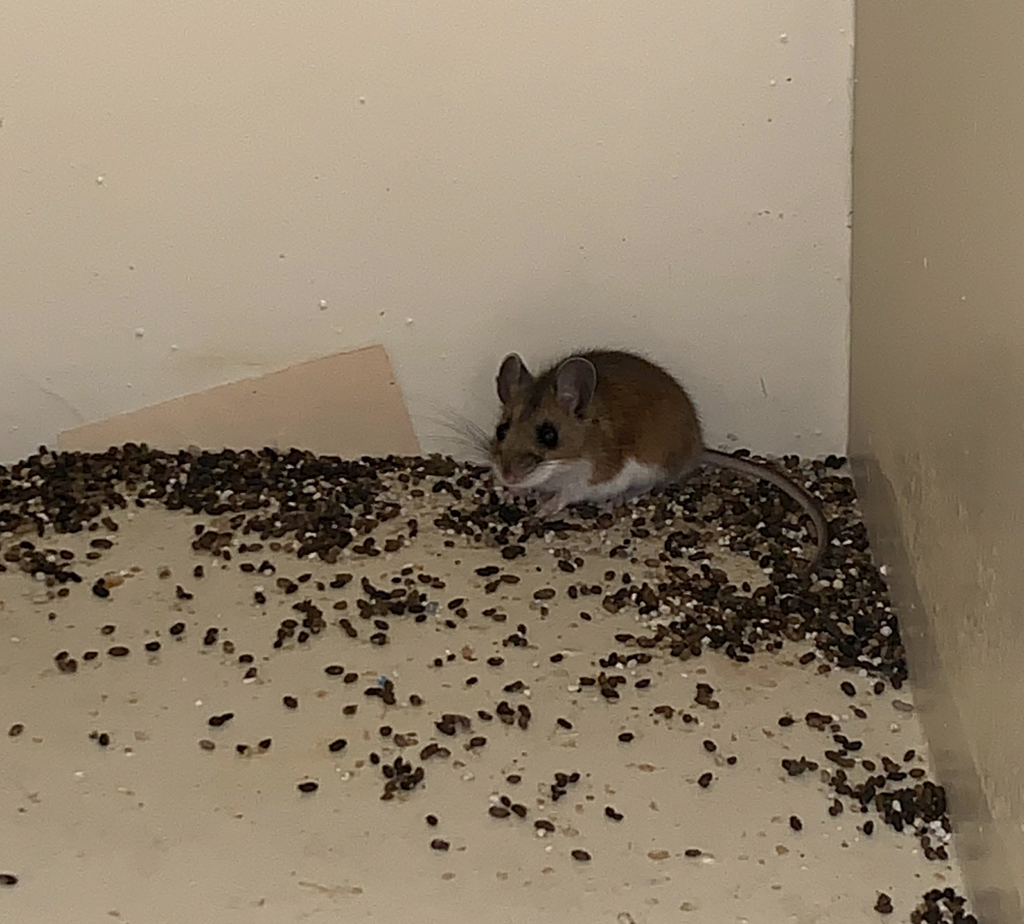
Morphology and Lifestyle
Body length: Mice are typically 3-4 inches long, while rats can be up to 9-11 inches long (not including the tail).
Tail length: Mice have tails that are as long as their body or slightly shorter, while rat tails are longer than their body.
Weight: Mice weigh between 0.5-1 oz, while rats can weigh up to 1 lb or more.
Habitat: Mice and rats can live above ground, but they also spend a lot of time on the ground and in burrows.
Call: Mice and rats make high-pitched squeaks and chirps, and may also gnaw or scratch to communicate.
Lifespan: Mice typically live up to 2 years in the wild, while rats can live up to 3 years or more.
Did You Know?
Mouse and rat fact: Mice and rats have teeth that grow continuously, so they need to gnaw on hard materials to wear them down.
Mouse and rat fact: Rats are excellent swimmers and can hold their breath for up to three minutes.
Mouse and rat fact: Mice and rats are social animals and will often live in large groups or colonies.
Mouse and rat fact: Both mice and rats are very adaptable and can thrive in a variety of environments, including urban areas.
39 Years Of Wildlife Removal Experience
At Gates Wildlife Control, we offer professional and effective animal removal and prevention solutions to keep raccoons, squirrels, and skunks from entering your home. We also provide effective rodent control services for mice and rat infestations. Our team is trained and experienced in the installation of one-way doors, which allow the animals to exit your attic or walls, but prevent them from returning. Contact us today for a free consultation and quote,to keep these animals out of your home for good.
Raccoons, squirrels, and skunks are common animals that can cause damage and create nuisances when they move into your attic or walls. They can chew on wires, damage insulation, leave droppings and debris, and even carry diseases and parasites.
One-way doors are a humane and effective way to remove these animals from your home and prevent them from returning. The doors are installed over the entry points the animals are using to access your attic or walls. Once the animals leave to forage for food, they are unable to re-enter the space through the one-way door.
At Gates Wildlife Control, we have the knowledge and equipment to effectively install one-way doors for raccoons, squirrels, and skunks. Our team will also assess your home and identify any potential entry points that need to be sealed off to prevent future intrusions.
In addition to installing one-way doors, we also offer repair services for damage caused by the animals and provide screening of potential entry points. This includes fixing holes in the roof or walls to prevent water from coming into the roof and walls and installing screens over roof vents, soffits and chimneys.
Don’t let raccoons, squirrels, or skunks take over your attic or walls. Contact Gates Wildlife Control today for a free consultation and quote, and keep these pests out of your home for good with our one-way door installation services.
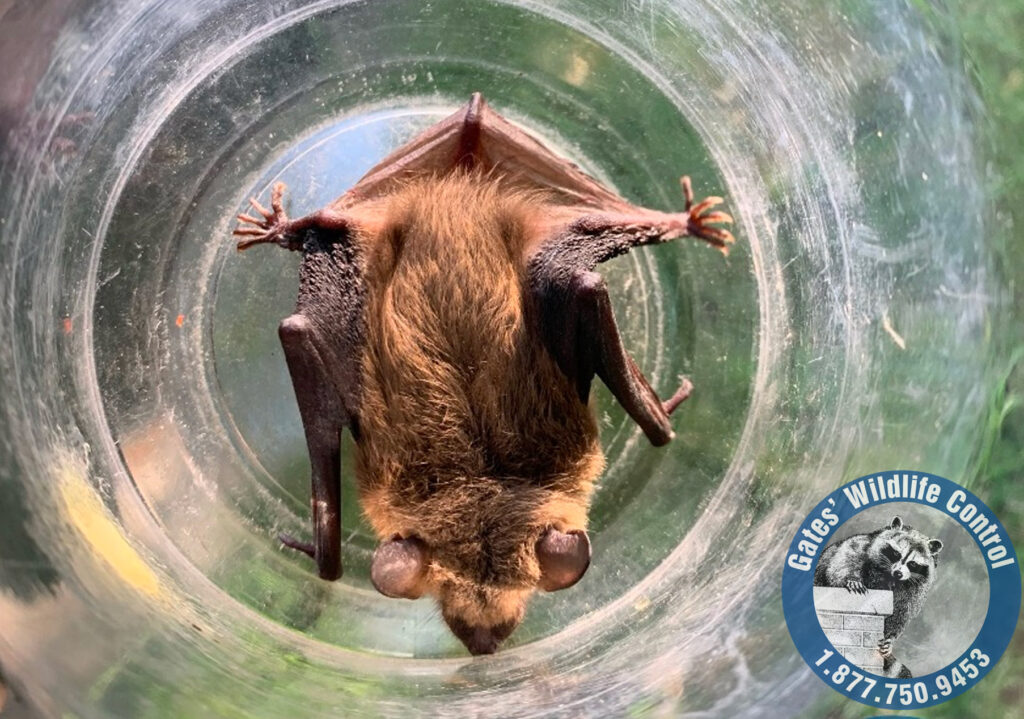
Morphology and Lifestyle
- Wing span: Big Brown Bats – 32 to 39cm; Little Brown Bats – 22 to 27cm.
- Weight: Big Brown Bats – 11 to 25g; Little Brown Bats – 5 to 11g.
- Vocalization: Bats use high frequency echo-location that is hard to hear with the exception of some clicking sounds.
- Lifespan: Between 10 and 20 years with the rare bat living as long as 30 years.
Did You Know?
- Bat fact: Bats play an important role in our environment as they can consume up to 3,000 insects in one night.
- Bat fact: Bats in Canada will not fly in your hair and suck your blood.
- Bat fact: Bats can spread the rabies virus when infected with very little to no evidence of contact.
- Bat fact: Bats can squeeze through a hole the size of a dime.
- Bat fact: A bat can produce several times its own weight in waste each month.
- Bat fact: Bat colonies can range in size from one to several hundred and can double in size every year.
- Bat fact: Bats hibernate when the temperature drops below 10 degrees C.
More About Mice/Rats:

Humane Raccoon Removal

Humane Skunk Removal

Humane Squirrel Removal
Do It Yourself Dangers
For those who may be tempted to take on the task of removing animals and animal proofing themselves, it is important to remember that it can be a dangerous undertaking. Falling off ladders and roofs while attempting to remove animals or seal entry points can result in serious bodily harm. In some cases, even aggressive animals can pose a danger to those trying to remove them. It is best to leave these tasks to experienced professionals who have the knowledge and equipment to safely and effectively handle wildlife removal and animal proofing. Attempting to do it yourself can put you at risk of injury and potentially even more damage to your home.


















